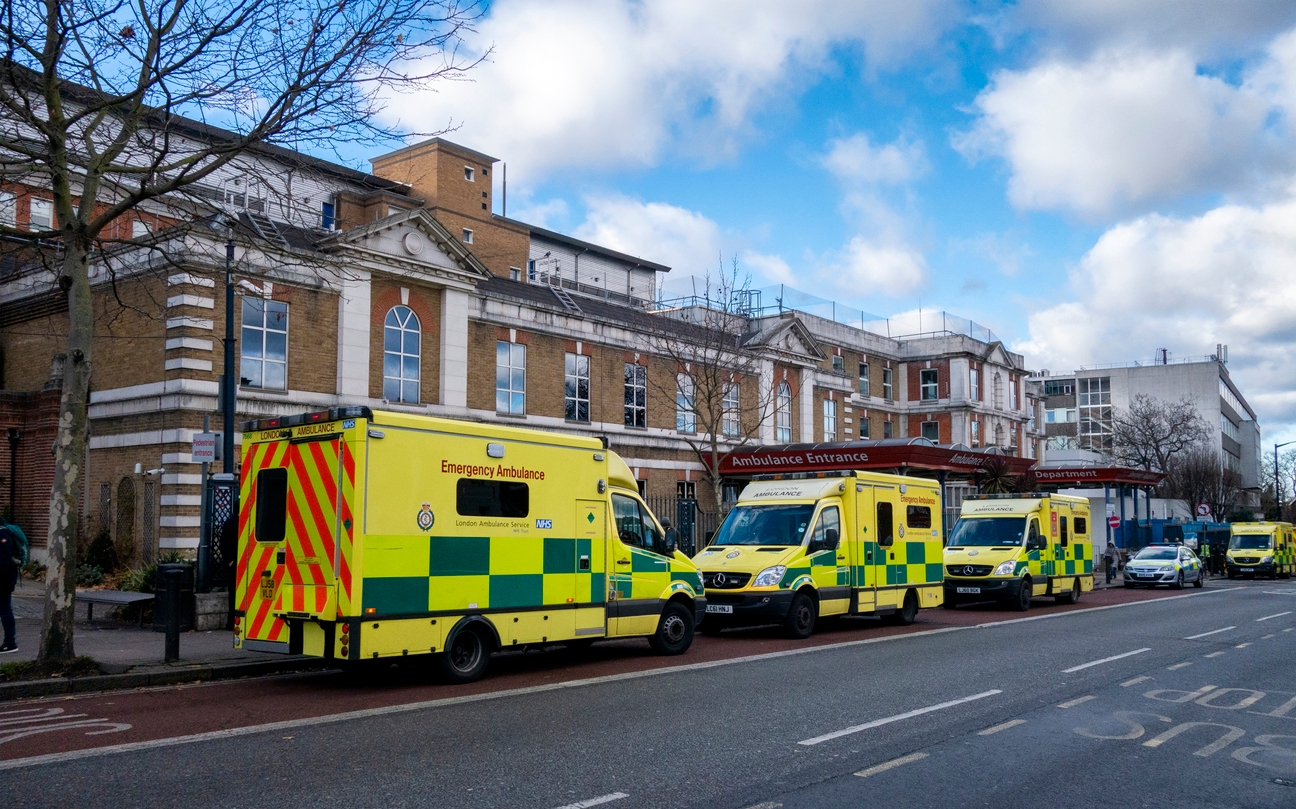How does one measure health in the midst of the extraordinary times we live in? The usual markers: visits to doctors, waiting lists, and number of people in hospital, have all changed beyond recognition and there is mounting concern that amidst the justifiable concern over coronavirus, other diseases are being forgotten. Trying to determine what exactly is going on is not easy but thanks to the Centre of Evidence Based Medicine (CEBM) at Oxford University and its publishing of an estimate of non-Covid-19 related death figures over the last five weeks, we have been given a dramatic insight into an unseen and largely unreported rise in deaths occurring at home which appear to now outnumber fatalities due to the virus itself.
There has always been some scepticism about the accuracy of the death toll related to coronavirus, both in this country and across the world. This has been written about previously in The Spectator. Often a positive PCR test for Covid-19 is sufficient to attribute a death to the disease, regardless of other possible causes or health issues. It has also been acceptable to attribute a death to the virus if the person’s symptoms matched, but no diagnostic test has taken place. It opened up the whole – and unanswerable – issue of how many people died with Covid or due to the virus.
I personally regret that currently the narrative around health and illness is simply about life or death. Until recently, every evening on broadcast television news we were solemnly informed of the daily death toll of Covid-19 and given a running total. The NHS website still publishes a daily total and the number is used by many as a marker of ‘success’ in managing this pandemic. Almost simultaneously over recent months I have heard people offer reasons why the number was being under-reported or conversely overestimated for differing reasons. It serves to show that attribution of causation of death is not as straightforward as it would seem.
I know from personal experience as a junior doctor in hospitals that death certification is often left to less experienced doctors whose knowledge of that person may have been relatively limited. Then came the revelation from the CEBM that Public Health England (PHE) considered it impossible to ever recover from having a positive Covid test. In theory, if one waited long enough according to PHE, everyone would ‘die’ of Covid-19 if they had at any point tested positive. This was clearly unsustainable, and an urgent inquiry was launched by the Department of Health and daily death figures disappeared from the PHE website.
Looking at the daily figures, registered deaths in England and Wales have currently fallen below the five-year average for the last five weeks. This is almost incredible, if you consider the output of the broadcast news. However, over this same period there have been over 700 excess deaths per week, or 3,799 fatalities in total, occurring at home. Significantly, only 179 of those deaths have Covid-19 mentioned on their certificate. As the CEBM put it, ‘It is not clear why there is such excess in the home. What is clear is that this represents a huge number of unexplained – and potentially avoidable deaths – particularly if they represent individuals deterred from visiting hospitals.’ There is one final bombshell: this tragic death toll (3,799) is almost 50 per cent higher than the number of people who have sadly lost their lives (2,582) to coronavirus in any setting over the same period.
What does this all mean? Firstly, there has always been some uncertainty as to how to measure the cost of coronavirus to our nation’s health. Dying obviously is measurable but attribution to the virus is complex. Secondly, PHE have been overestimating the number of people dying directly from Covid-19 and this is now being investigated. Finally, there appear to have been just over 3,500 non-virus-related additional deaths occurring outside of hospital compared to the previous five years – comfortably more than have actually died from coronavirus itself over the time period.
This really should be big news. Effectively this suggests that it is possible that more people are dying from direct or indirect effects of Covid-19 prevention rather than the virus itself. If so, then something has gone seriously wrong.
The current debate often ignores all the damaging effects that restrictions brings us, not least the significant reduction in quality of life, both in terms of physical and mental health and also our economic well-being. I cannot help but think we have lost sight of an overall strategy for health in the pursuit of reduction of infection. Any health approach should be balanced and consider the bigger picture.
There have been enough warnings about the reduction in diagnosis in hospitals and later presentation of serious diseases such as cancer and heart disease. Many people remain too afraid to visit hospital or have difficulty accessing their general practitioner when they have a health concern. The consequences are predictable. The original reason for lockdown back in March was to allow the NHS to build capacity to cope with a coming epidemic. The situation has moved on greatly since then, but the health strategy has not done so at a similar pace. If the so-called ‘second wave’ does not materialise then even this rather thin justification for ongoing restriction disappears.








Comments